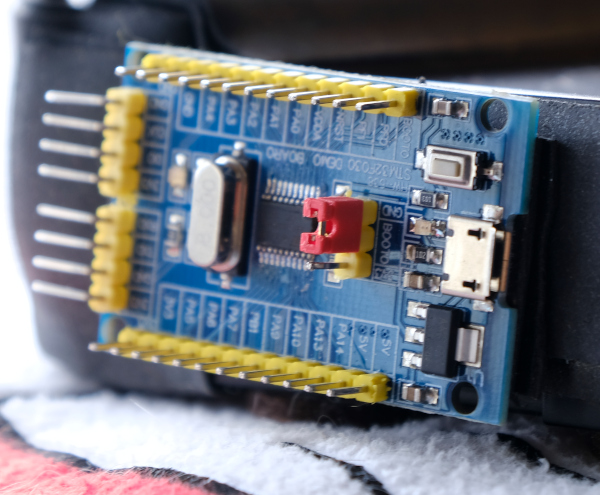[EN] Understand and use the ESP32-C3
We have been using the esp8266, especially the esp-01 and esp-01s modules, to manage the sensor network for quite some time and with the limitation in terms of the number of pins used, the system must be designed to work with STM32F103C8T6 or STM32F401CCU6/STM32F411CEU6. To ensure stable operation, no problems with the esp8266’s WDT were encountered, and over time, espressif released several other microcontrollers such as esp32, esp32-s2, esp32-c3 and esp32-s3.
We have tested and used esp32 almost all the time until esp32-s2 with LILYGO board made us try to order it. The main problem is that the development tools are very late. However, as of now, espressif has released a development kit for Arduino or Arduino Core for ESP32 version 2.0 with support for esp32 esp32-s2 and esp32c3, making it work with ESP32 and ESP32-S2. We got the esp-c3-32s board so this article was born.
This article is compiled from the datasheet of ESP32-C3 WROOM-02, in this article we use the board as shown in Figure 1. The example program is to drive an RGB LED on the board to work by using Arduino Core for ESP32 and the improved ESP-IDF from the article in Ep. 3


